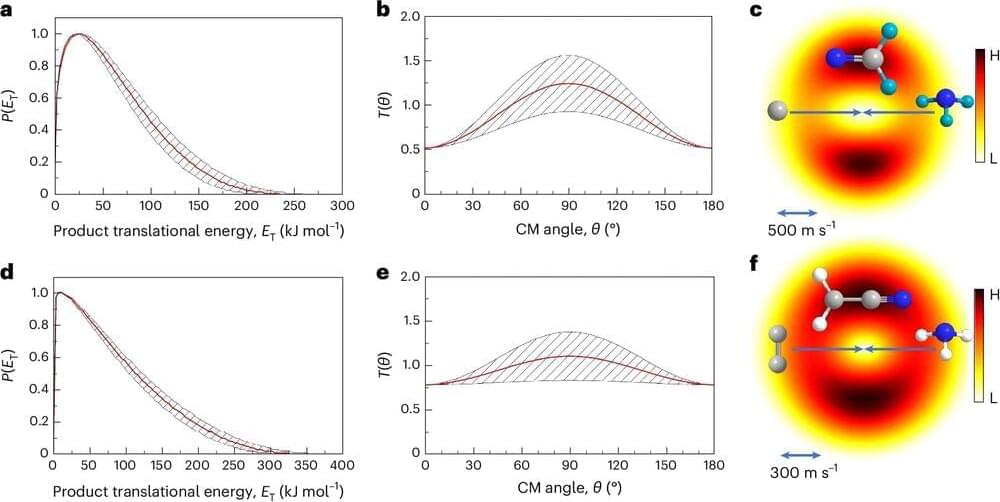This is “OpenAI GPT-4o math with Sal and Imran Khan from Khan Academy” by OpenAI on Vimeo, the home for high quality videos and the people who love them.
Get the latest international news and world events from around the world.
OpenAI GPT-4o rock paper scissors
This is “OpenAI GPT-4o rock paper scissors” by OpenAI on Vimeo, the home for high quality videos and the people who love them.
OpenAI GPT-4o interview prep
This is “OpenAI GPT-4o interview prep” by OpenAI on Vimeo, the home for high quality videos and the people who love them.
Two OpenAI GPT-4os interacting and singing
This is “Two OpenAI GPT-4os interacting and singing” by OpenAI on Vimeo, the home for high quality videos and the people who love them.

Physicists create five-lane superhighway for electrons
MIT physicists and colleagues have created a five-lane superhighway for electrons that could allow ultra-efficient electronics and more. The work, reported in the May 9 issue of Science, is one of several important discoveries by the same team over the last year involving a material that is essentially a unique form of pencil lead.


Eyes of tomorrow: Smart contact lenses lead the way for human-machine interaction
A portable sweeping frequency reader was kept nearby to record and analyze the signals from the RF tags (it serves as the machine part of HMI).
The researchers demonstrated that their smart contact lenses can detect gazing directions and real-time gazing points, which could be used for robot control and software interaction.
Further, they showed that the lenses are very stable and can be worn for up to 12 hours in different environmental conditions. They have also shown that the lenses can detect eye closure.

